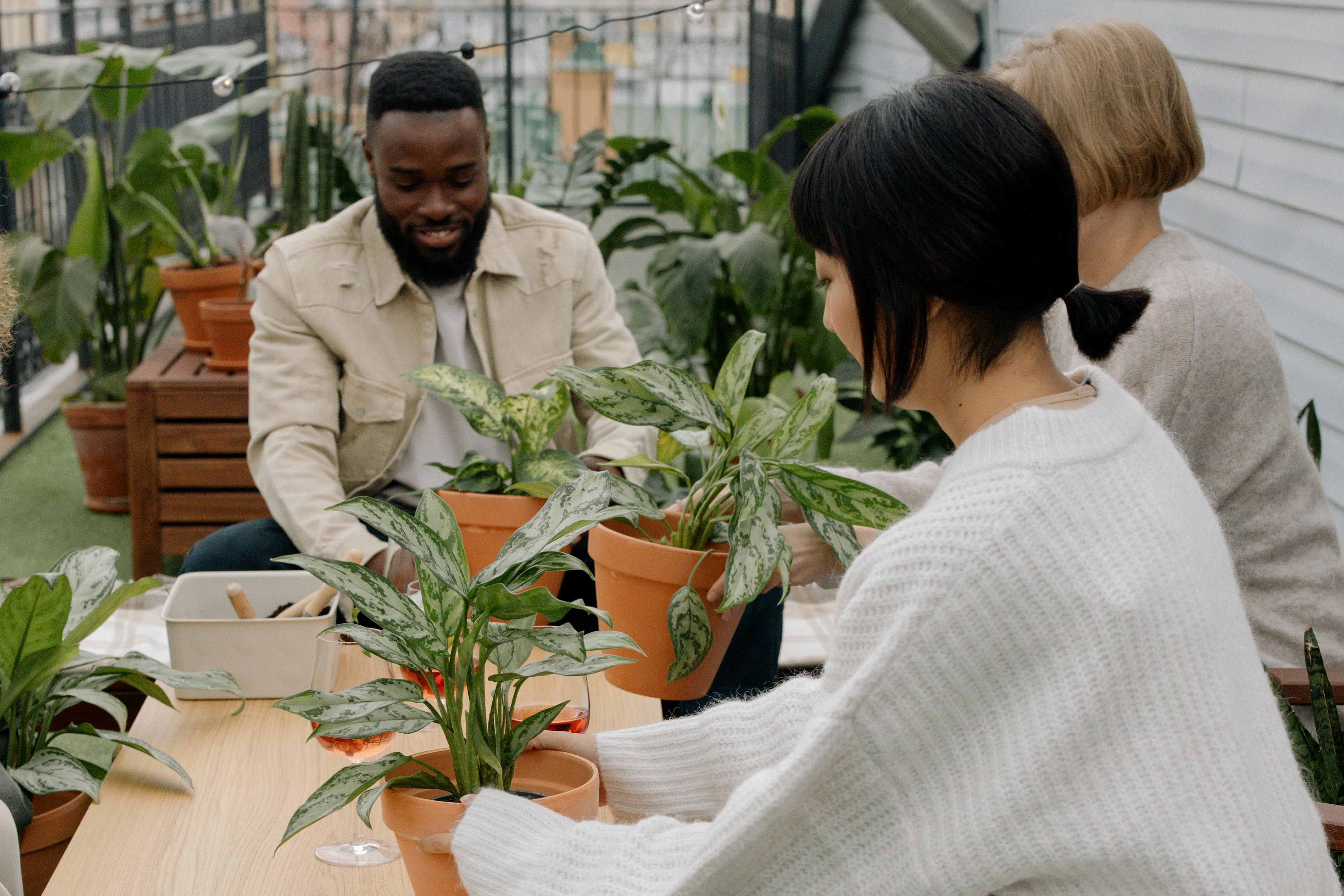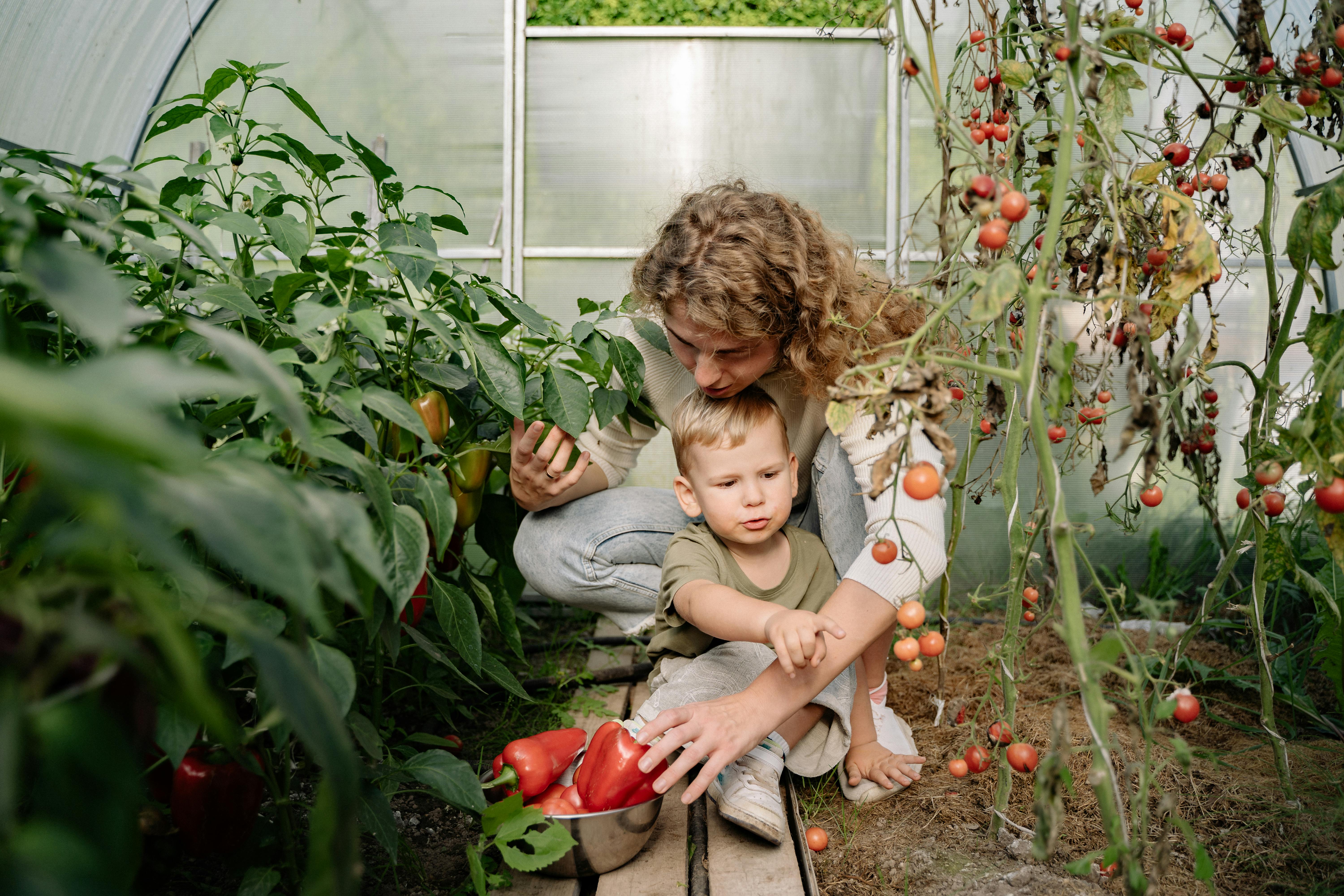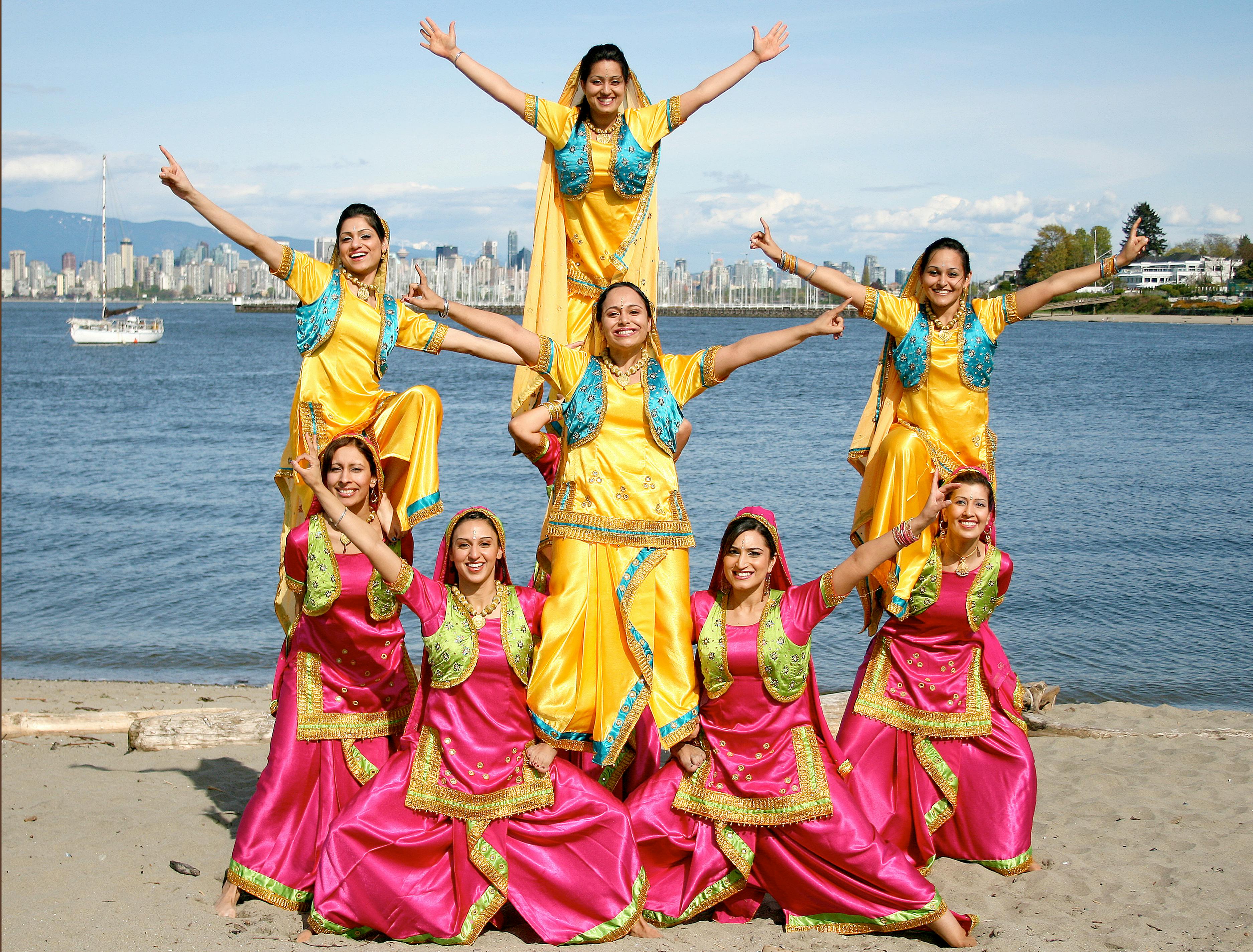
How to Maintain Neighbourhood Unity: 4 Simple Tips
Build a stronger, more connected neighbourhood with 4 easy tips. Learn how to improve unity through communication, shared activities, and mutual support in your community.
When we talk about “neighbourhood unity,” we’re talking about the connections and sense of belonging that transform a simple row of houses into a thriving community. Fostering neighbourhood unity provides benefits far beyond shared smiles and polite waves—it leads to safer surroundings, greater well-being, and meaningful relationships that enrich every aspect of life. In Australia, where diversity is celebrated, the spirit of togetherness is central to our national identity. Yet, as our lives get busier, forging strong bonds with those around us can be challenging.
This blog explores four simple tips to maintain (and even deepen) neighbourhood unity, drawing insights from a range of community-building initiatives and practical examples. Along the way, we’ll delve into real-life stories and proven strategies, incorporating lessons from community groups, local volunteers, and everyday Aussies working to strengthen the fabric of their neighbourhoods. We’ll also discuss how small gatherings—like those facilitated by Bunchups—can play a major role in fostering genuine, lasting connections.
Whether you live in a bustling city suburb or a quiet coastal town, each of these tips is designed to be approachable, adaptable, and fun. By the end of this post, you’ll be ready to roll up your sleeves, connect with your neighbours, and preserve that precious sense of neighbourhood unity for years to come.
Why Neighbourhood Unity Matters
Before diving into the tips, let’s reflect on why neighbourhood unity is so important. Communities that prioritise unity often see lower crime rates, stronger local economies, and healthier mental well-being among residents. It’s easier to look out for each other, share resources, and offer a helping hand during tough times when you have strong bonds with the people around you. A community that practices neighbourhood unity is one where new arrivals feel welcomed, older residents feel supported, and everyone has a sense of belonging.
The Australian Perspective
Australia’s multicultural tapestry means any street can reflect a multitude of backgrounds. This diversity is a strength—but it also highlights the need for conscious efforts to unite. Many local councils and initiatives encourage simple gestures to foster neighbourly ties, whether it’s a friendly nod at the mailbox, an organised community clean-up, or a quick chat over the fence. These everyday moments feed into a bigger picture of neighbourhood unity, making life that bit brighter for everyone involved.
The Role of Small Gatherings
While large-scale events (like festivals or city-wide celebrations) serve their purpose, it’s often the smaller, more intimate gatherings that truly nurture deeper connections. Whether it’s a coffee catch-up, an afternoon of backyard cricket, or a book club, these small-scale meetups create opportunities for genuine conversations and lasting friendships. That’s where platforms like Bunchups fit in: connecting like-minded people interested in the same activities—sports, cooking, board games, and more—and encouraging them to bond through relaxed, comfortable gatherings.
Tip 1: Start With a Warm Welcome
One of the greatest contributors to neighbourhood unity is the simple act of making people feel valued and acknowledged. A small gesture, like a friendly knock on the door or a welcoming note, can have a huge impact on how new residents perceive their surroundings.
Welcoming New Families
- Say Hello: Drop by with a handwritten welcome note or home-baked treats. It might sound old-fashioned, but it’s often the personal touches that make newcomers feel at home.
- Share Local Intel: Offer recommendations for nearby cafes, shops, libraries, and parks. Help them navigate bin day schedules and local quirks—anything that helps people integrate smoothly into the community.
- Create a Directory: Some neighbourhoods keep a shared list of resident names, phone numbers (for those comfortable sharing), and relevant skills. This can be updated whenever new families arrive and fosters a sense of unity—everyone is reachable, ready to help out if needed.
By being proactive in greeting newcomers, you build the foundation of strong neighbourhood unity. A simple hello can ease anxieties and create the impression that folks around here really do look out for one another.
Embrace Diversity
Australia’s cultural landscape is broad and varied, and your new neighbours might come from anywhere in the world—or just the next town over. If they have a different cultural background, ask friendly questions (without being intrusive) to learn more. Inviting them to share a traditional dish or festival tradition not only fosters neighbourhood unity but enriches everyone’s lives through the exchange of customs and heritage.
Promote Regular Contact
If you’ve been around for years, it’s easy to forget how daunting it can be for new families. Regularly inviting them over or just popping in to say hello helps them build connections and feel truly included.
Tip 2: Create Spaces and Gatherings for Connection
To deepen neighbourhood unity, we need spaces and opportunities that bring people together. These spaces can be as simple as a shared garden patch or as lively as a weekend block party.
2.1 Spend Time Outside
One key theme that appears frequently in community-building discussions is the power of simply being visible. Spending time outside naturally sparks conversation with neighbours. Something as simple as walking the dog at sunset or reading a book on your front porch invites a wave or quick chat.
- Casual Conversations: When people see you around regularly, they’re more likely to strike up conversation. Over time, these quick chats create a sense of familiarity and trust.
- Kids at Play: If you have children, encourage them to play in the yard or nearby park. Kids often connect quicker than adults, and their friendships can be a bridge between families.
By consistently showing a friendly face, you’ll see how easily small encounters can morph into the bedrock of neighbourhood unity.
2.2 Host a Block Party or Street Gathering
Few things are more fun—or more effective at uniting a neighbourhood—than a good old-fashioned block party. Hosting a gathering right in your street encourages everyone to pop by, even if they’re just curious.
- Keep It Simple: All you really need are some chairs, easy snacks, a bit of music, and maybe some outdoor games for the kids. Sometimes people shy away from hosting for fear that it needs to be extravagant, but a relaxed vibe often works best.
- Food Options: In Australia, a barbecue (barbie) is the classic option. Encourage potluck style, so each household contributes a dish or drinks.
- Games and Fun: Street cricket, footy passes, or a giant Jenga can liven the atmosphere. The goal is to facilitate natural interactions and laughter—ingredients vital for neighbourhood unity.
Remember that not everyone will show up, and that’s okay. Those who do will likely forge new bonds, making your neighbourhood just a bit friendlier.
2.3 Community Gardens
Planting veggies or flowers together is another simple, heart-warming way to foster neighbourhood unity. Many local councils support community garden initiatives by providing a small plot of land or some funding for start-up resources.
- Shared Responsibility: Working together builds a sense of ownership, pride, and accountability. Watering, weeding, and nurturing plants is much more satisfying when done in cooperation.
- Educational Aspect: Kids and adults alike can learn about sustainability, nutrition, and gardening best practices—turning a simple patch of dirt into a living classroom.
- Social Opportunities: Garden days can be scheduled to accommodate the largest group of neighbours. Chatting while tending to plants is both therapeutic and a superb way to get to know each other on a deeper level.
By beautifying the neighbourhood, you’re also fostering a safer, more pleasant environment—an essential element of neighbourhood unity.
2.4 Organise a Little Free Library
Bookworms in your neighbourhood? A Little Free Library—a box or cabinet set up for people to share books—is an excellent, low-cost project. Place it in a visible area (like near a bus stop or your front fence) so neighbours can easily borrow or donate books.
- Promote Literacy: These libraries encourage reading for all ages and can spark fun conversations about authors or genres.
- Shared Interests: Parents can recommend children’s books, while adults find new favourites.
- Year-Round Engagement: A Little Free Library is a small but ongoing act of community care—reminding everyone that neighbours can share resources and joys.
Tip 3: Prioritise Safety and Look Out for Each Other
Feeling safe in your surroundings is crucial to sustaining neighbourhood unity. When everyone looks out for each other and shares important information, trust grows and tensions ease.
3.1 Neighbourhood Watch Programs
Neighbourhood Watch can be formal or informal. Some communities have official programs where residents organise patrols and share updates on local issues, while other suburbs rely on simple group texts or WhatsApp threads.
- Awareness is Key: Knowing your neighbour’s general routines can help you spot suspicious activity. If they’re away on holiday, you’ll know to retrieve mail or watch out for uncollected packages.
- Immediate Alerts: A quick message can alert your street if, for instance, someone’s seen rummaging around cars in the evening.
- Elderly Assistance: Checking in on older residents fosters both safety and belonging. A simple “How are you?” visit can reassure them—and might save a life in an emergency.
3.2 Be Prepared to Lend a Hand
When neighbours genuinely care about one another, it’s amazing how quickly small crises are solved. Maybe an elderly neighbour’s fence is damaged during a storm, or someone’s locked out of their house. By stepping up and offering assistance, you forge deeper ties.
- Tool Sharing: Not everyone owns a ladder or a power drill. If you can lend these items, do so happily—it’s an instant demonstration of community spirit.
- Monitoring Holiday Homes: If your neighbour’s away, collect their mail and keep an eye on the property. It helps deter crime and shows that the community is vigilant.
3.3 Keep It Clean
A tidy, well-maintained neighbourhood doesn’t just look nice—it feels safer and more welcoming. Simple actions like picking up litter during your daily walk, mowing a neglected nature strip, or participating in a weekend clean-up all contribute to a stronger sense of neighbourhood unity.
- Organised Clean-Ups: Gathering once a month to clean local parks or shared walkways fosters camaraderie. You’ll likely meet neighbours you haven’t spoken to before, all while improving your surroundings.
- Promote Recycling: Educate your neighbours about recycling rules. Encouraging proper waste management not only protects the environment but also enhances the overall pride residents take in their neighbourhood.
Tip 4: Sustain the Momentum (And Have Fun!)
Building and maintaining neighbourhood unity isn’t a one-time event—it’s an ongoing process. Luckily, it can be a fun, rewarding journey.
4.1 Volunteer and Organise Ongoing Initiatives
Volunteering fuels a sense of shared responsibility and achievement. Whether it’s supporting a local charity drive or helping out at a school fundraiser, these activities bring neighbours together with a clear purpose.
- Local Organisations: Seek out existing groups that align with your passions. Animal rescues, community outreach programs, or sports clubs are great places to start meeting neighbours who share your values.
- Fundraisers and Drives: Organise donation drives for local food banks or charities. These events highlight the positive impact a united neighbourhood can have, well beyond its own borders.
4.2 Embrace Traditions and Festivals
Holidays and cultural festivals are perfect opportunities to bring people together and celebrate. Mark key national events like Australia Day or ANZAC Day, but also consider embracing cultural festivals—Diwali, Lunar New Year, Eid, or Christmas in July can be fantastic reasons to gather.
- Sharing Traditions: Encouraging neighbours to share recipes, music, or customs fosters mutual respect and admiration.
- Seasonal Celebrations: Don’t underestimate the simple joys of a summer barbecue or a winter hot-chocolate night. These gatherings can be quick to organise yet highly effective at boosting neighbourhood unity.
4.3 Small Gatherings for Deeper Connections
Large events are fantastic for big, lively crowds, but smaller get-togethers can often spark more meaningful friendships. This is where Bunchups comes into play. Bunchups is a platform that connects neighbours (and people across Australia) for small, interest-based gatherings—from board games and fitness sessions to learning new skills or exploring hidden local gems.
What is Bunchups?
Imagine it’s a lazy Sunday afternoon, and you’re craving a game of Scrabble but can’t find a partner. Or maybe you’re determined to start working out, but need an accountability buddy. Bunchups lets you find or host a “bunch up” with people who share your interests and schedules, focusing on intimate meetups rather than big events. It’s a way to create real connections, one small gathering at a time.
- Combat Loneliness: By bringing people together around shared hobbies, Bunchups tackles one of modern society’s biggest issues—loneliness.
- Ease Social Anxiety: The platform’s user-friendly approach offers a comfortable space for introverts or those nervous about meeting new people.
- Free to Use: Anyone can browse or list a gathering—no hidden costs or complicated sign-ups.
By embracing platforms like Bunchups, you ensure that your neighbourhood unity isn’t just limited to seasonal gatherings, but continues all year round in small but powerful ways.
Who Benefits?
- Newcomers: If you’ve just moved, it’s a great way to meet people quickly.
- Busy Parents: Find local families for playdates or learning new cooking recipes.
- Older Adults: Discover senior fitness walks or gentle yoga groups that meet locally.
- Passionate Individuals: Whether it’s reading groups, painting sessions, or board-game nights—there’s something for everyone.
4.4 Perform Little Acts of Kindness
Seemingly insignificant gestures can have an outsized impact on neighbourhood unity. Simply offering to carry heavy groceries for an elderly neighbour, leaving fresh herbs from your garden on someone’s doorstep, or shovelling the driveway for someone who can’t manage it themselves can brighten someone’s day.
- Pay It Forward: When your neighbour helps you out, pass along the kindness to the next person. Over time, these good deeds create a ripple effect that benefits the entire neighbourhood.
- Celebrate Good News: Did the neighbours’ teenager win a sports award? Drop them a congratulatory card. Little acts of acknowledgment remind everyone that their personal victories matter to the broader community.
A Community of “We”
Ultimately, neighbourhood unity thrives when we embrace the idea of “we.” From the biblical notion of loving your neighbour to modern grassroots movements, communities flourish when people unite for a shared purpose. Whether it’s faith communities coming together across denominational lines, or everyday folks uniting around environmental causes, the power of unity is transformative.
Local Partnerships
As your neighbourhood grows closer, consider partnering with local councils or community centres. This could mean:
- Street Beautification Projects: Painting park benches, planting trees, or restoring a run-down playground.
- Enhancement Activities: Introducing solar-powered lamps or improving local facilities.
- Workshops and Classes: Hosting everything from first-aid training to composting tips in a shared space.
The more avenues for collaboration, the stronger your collective identity as a supportive and thriving neighbourhood.
Safety in Unity
Even churches in your area, though they might differ in styles of worship or denominational affiliation, can band together to serve the neighbourhood. It might be a weekly drop-in centre, an interfaith barbecue, or a joint donation drive. These community-wide gestures show that unity transcends buildings and labels—truly embodying the spirit of “neighbour helping neighbour.”
Practical Theories, Stats, and Examples
- Loneliness as a Health Issue: A 2020 survey found that 1 in 4 Australians reported feeling lonely at least one day a week. Building neighbourhood unity through consistent engagement can significantly reduce isolation.
- Broken Windows Theory: This popular criminology concept suggests that visible signs of disorder (like broken windows or graffiti) encourage further crime. By keeping your neighbourhood tidy and addressing small problems promptly, you strengthen local pride and reduce the likelihood of more serious issues.
- Social Cohesion: According to various studies, people who feel connected to their neighbours are more likely to volunteer, vote, and engage positively in their communities, leading to a happier, healthier environment overall.
Helpful External Resource for Australians
For more tips on building safe and welcoming neighbourhoods, check out the official Australian Institute of Family Studies’ resource page. It offers research insights and guidelines on strengthening community ties (and makes for a great outlink to keep your local SEO strong).
Bringing It All Together
Maintaining neighbourhood unity doesn’t require you to run massive events or sacrifice all your free time. Instead, it’s about consistent, simple steps: greeting a new family, hosting a modest gathering, sharing tools, planting a garden, or engaging in a platform like Bunchups to find those small gatherings that spark deeper connections. Each effort, no matter how humble, contributes to a bigger vision of a cohesive, vibrant community.
Remember: Neighbourhood unity grows when people see themselves as active participants rather than bystanders. With just a bit of initiative and a whole lot of heart, you can transform your street or block into a place where everyone feels safe, included, and proud to call home. Whether you’re in a bustling metro area or a regional town, these four tips—warm welcomes, inclusive community spaces, prioritised safety, and sustained momentum—will help keep your neighbourhood unity strong well into the future.
So why not start today? Smile at someone new, check in on a neighbour, or organise a tidy front-yard hangout. As you take these steps, remember there’s a whole world of friendly, open-hearted Aussies out there doing the same—strengthening neighbourhood unity in pockets across this great country, one small gathering at a time.















.jpg)













.jpg)










































